The Article
Boomslang, Storm, Anaconda & Python
29th May 2019
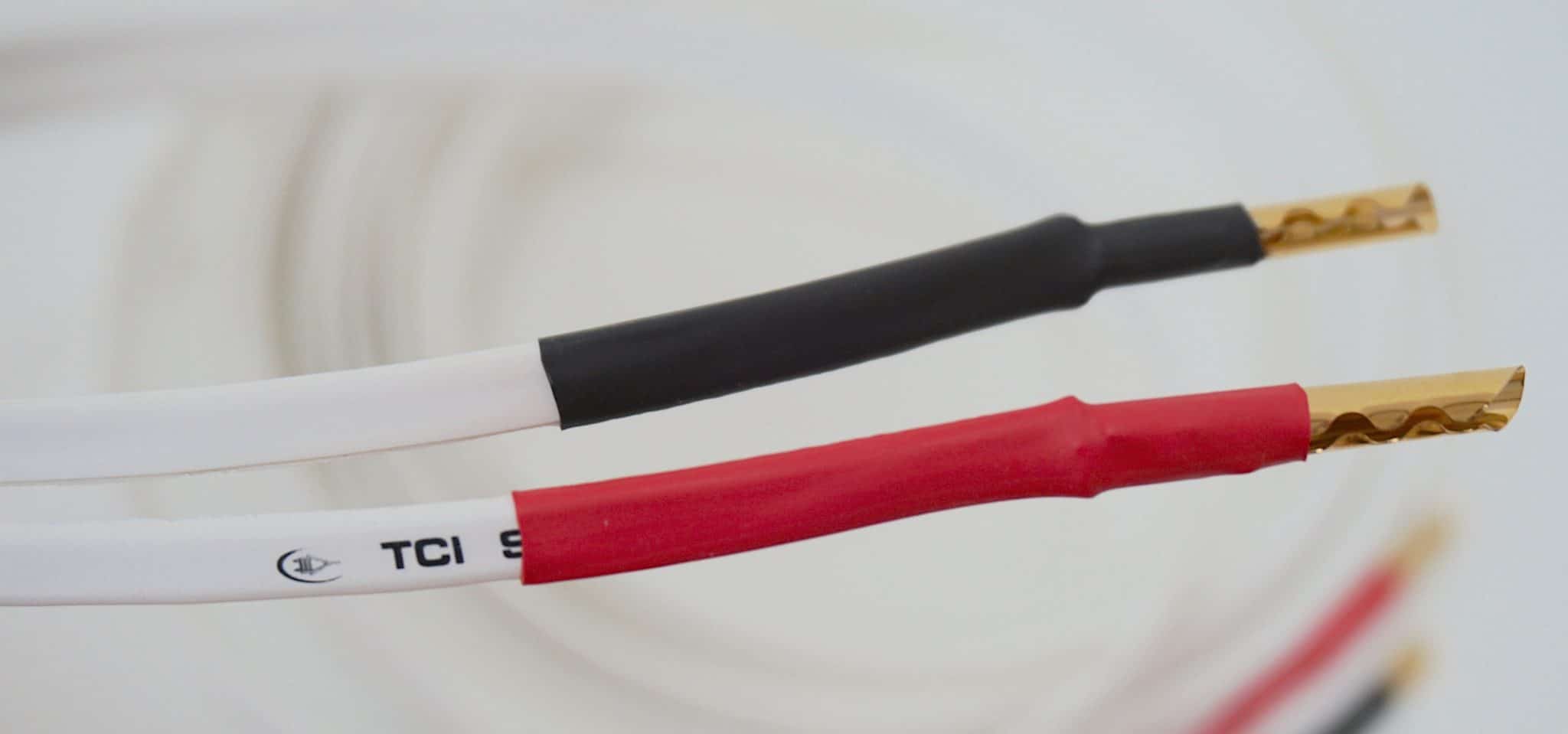
Four sets of speaker cables for you. All from True Colours Industries (TCI) and all at different price points as reviewed by Paul Rigby
If you’re in the market for a new pair of speaker cables, the choice can be rather daunting, not to mention confusing, even if you’re browsing through a website devoted to the products of a single manufacturer! Which is why I’ve decided to tackle a range of cable types and price points from your friendly, neighbourhood TCI (True Colours Industries). Doing it this way at least gives you a broad overview of what the company has to offer you on its own sliding scale.
Here’s a quick overview of the runners and riders.
Starting from the lowest price point, let’s begin with the Boomslang, a low profile flat speaker cable offering 99.999% LCOFC (Linear Crystal-Oxygen Free Copper). There’s four included conductors within a sheathed PVC insulated outer jacket of the Boomslang.
Next up the price ladder is the Storm. Only 2mm thick, it is based upon silver-plated OFC copper conductors and Superthane insulation.
After that is the Anaconda. This cable uses silver-plated OFC copper conductors and Superthane insulation.
Finally, the Python II was created from SP-special copper alloy (silver plated oxygen free special copper alloy conductors) plus a sheath of PE primary insulation, it stands out with its external polyester braid jacket.
So how do they compare?
SOUND QUALITY
With each cable, I began with the dynamic rock track from Neil Young, Walk Like a Giant from the triple album set, Psychedelic Pill, featuring distorted lead guitar from Young and a driving backing beat. I then switched to the original pressing of Jonny Desmond In Las Vegas on Coronet and the classic I Can’t Get Started With You.
I started with the introductory cable design, the Boomslang.
BOOMSLANG
While midrange focus and space might not be this cable’s forte, the design did its best to throw as much music in your general direction as possible. Nothing was held back here. The soundstage could sound a little edgy but, with the Boomslang cables, there was a sense that you were in amongst the music itself. Hence, whatever might have been lost in terms of precision and neutrality, was gained in passion and energy. The feeling was that you were up there, on stage with the artists themselves.
Hence, the naturally distortion-heavy guitar from Young was full of texture and threat via the Boomslangs while bass from the drums tended to fill your head. These cables worked less at describing the music in balanced detail and more about conveying the essence of the performance. They gave you that live gig feel of ordered chaos, drive, spirit, sweat and potency.
Desmond, meanwhile, conveyed a similar feeling. All of the detail needed to make sense of the music was there. There might have be a lack of order and strict frequency discipline but you did get an etched canvas of detail and highlights.
STORM
Moving to the Storm cables, I was impressed by the design’s bass performance. Certainly, during the Young track, the bass guitar was a star performer. OK, the bass guitar might have been pushed a mite too far in front of the mix for those looking for a perfectly neutral presentation but the bass emphasis did add to the strong foundation for this track, driving the track forwards with some power and gusto. The added bass also gave this rock track an extra sense of guts and power.
The mids, taken as an individual frequency, were relatively neutral in general terms with no harsh emphasis of edge to worry about. I say relatively neutral, bass did intrude a tad on its territory, warming up the midrange a little and giving the track a slightly full and warm atmosphere but for a rock piece, the overall presentation was highly entertaining.
The Desmond track might have benefitted from a strictly neutral midrange and less bass emphasis to add precision and focus to the upper frequencies but this swinging track offered a slightly sepia-tinged, nostalgic and romantic sheen instead.
ANACONDA
I then turned to the Anaconda cables. This cable design for the first time, at least in this test, showed genuine quality. The problem with the Anaconda is the large amount of competition that is faces from other quality cables out there but this model from TCI gives a good account of itself.
The essential midrange area did offer a sense of balance and neutrality. In fact, to run off at a slight tangent, so did the other frequencies. This was the first cable in this test to display a strong framework of frequencies that basically kept themselves to themselves and tended not to encroach upon their neighbour. This helped a more naturalistic display of detail to emerge from the generally well-ordered soundstage because there was more chance for air to, as it where, get in between each instrument and separate one from another. When that happened the ear had a better chance to focus on each instrument in turn which reduced that muddle effect you sometimes hear with lower cost cable designs.
In broad terms, the cable deserves a tick and a ‘good’ rating for each auditory area of the soundstage. I wouldn’t slaver over any one aspect of the cable but it remains highly creditable. The Anaconda is a generally good performer. You won’t be disappointed.
PYTHON II
I finally looked at the Python II cables. And now we’re talkin’! There was much more coherency within this design than the earlier cables. The touch of extra focus and precision here gave the music the same effect of rotating the focus ring on a camera lens. Detail and information jumped into position and made sense. Also, instruments moved into position – a natural and sensible position on the soundstage. I suppose what I’m trying to say here is that the overall timing from the Python II was improved so I found myself noting an appreciation at the ‘rightness’ of the musical presentation.
Treble offered an expansive response from cymbal hits with an effective reverb tail, midrange-based guitar gave a superior structure which enhanced the attack of a string pluck or strum, the vocal exhibited definition that improved the emotional response and the bass guitar – a rather shy and muddy instrument normally – produced a precise performance.
The vocal jazz from Desmond was similarly impressive which proved that the Python II could span conflicting musical genres. His vocal output was smooth and considered, piano supplied a positive contribution instead of hiding in the rear of the mix while brass intruded into the song gently yet effectively.
CONCLUSION
The Boomslang cables are ideal introductory cables to deliver the soul of the music. They might be a tad edgy but they are fun to listen to.
The Storm cables are also fun but for the opposite reason. They give music a bass-driven party atmosphere which aids rock and any high energy music such as synth-driven beats.
The Anaconda is a good all-round performer that might not produce significant sonic highlights but does a great all-round job over all genres of music.
With the Python II, all of the frequencies clicked into place producing a sterling overall performance with new level of clarity and transparency giving the music life and sparkle. Sparkle for a star performer, you might say.
TCI SPEAKER CABLES
Tel: 07710 196949
Website: www.tcicables.com
BOOMSLANG
Price: £6.50 per metre
GOOD: price, involving soundstage, energetic bass
BAD: pinched treble, slight upper mid stridency, recessed detail
RATING: 7
STORM
Price: £125 for 3m
GOOD: strong bass, rock-centric, high energy soundstage
BAD: warm mids, bass heavy
RATING: 7
ANACONDA
Price: £190 for 3m
GOOD: generally neutral, balanced performance, disciplined frequencies
BAD: no stand-out sonic highlights
RATING: 7
PYTHON II
Price: £230 for 3m
GOOD: balanced output, focused mids, expansive treble
BAD: nothing
RATING: 8
[Don’t forget to check out my Facebook Group, The Audiophile Man: Hi-Fi & Music here: www.facebook.com/groups/theaudiophileman for exclusive postings, exclusive editorial and more!]
REFERENCE
Pro-Ject RPM 3 turntable
Tellurium Q & Black Rhodium cabling
Blue Horizon Professional Rack System
Harmonic Resolution Systems Noise Reduction Components
All vinyl was cleaned using an Audio Desk’s Ultrasonic Pro Vinyl Cleaner

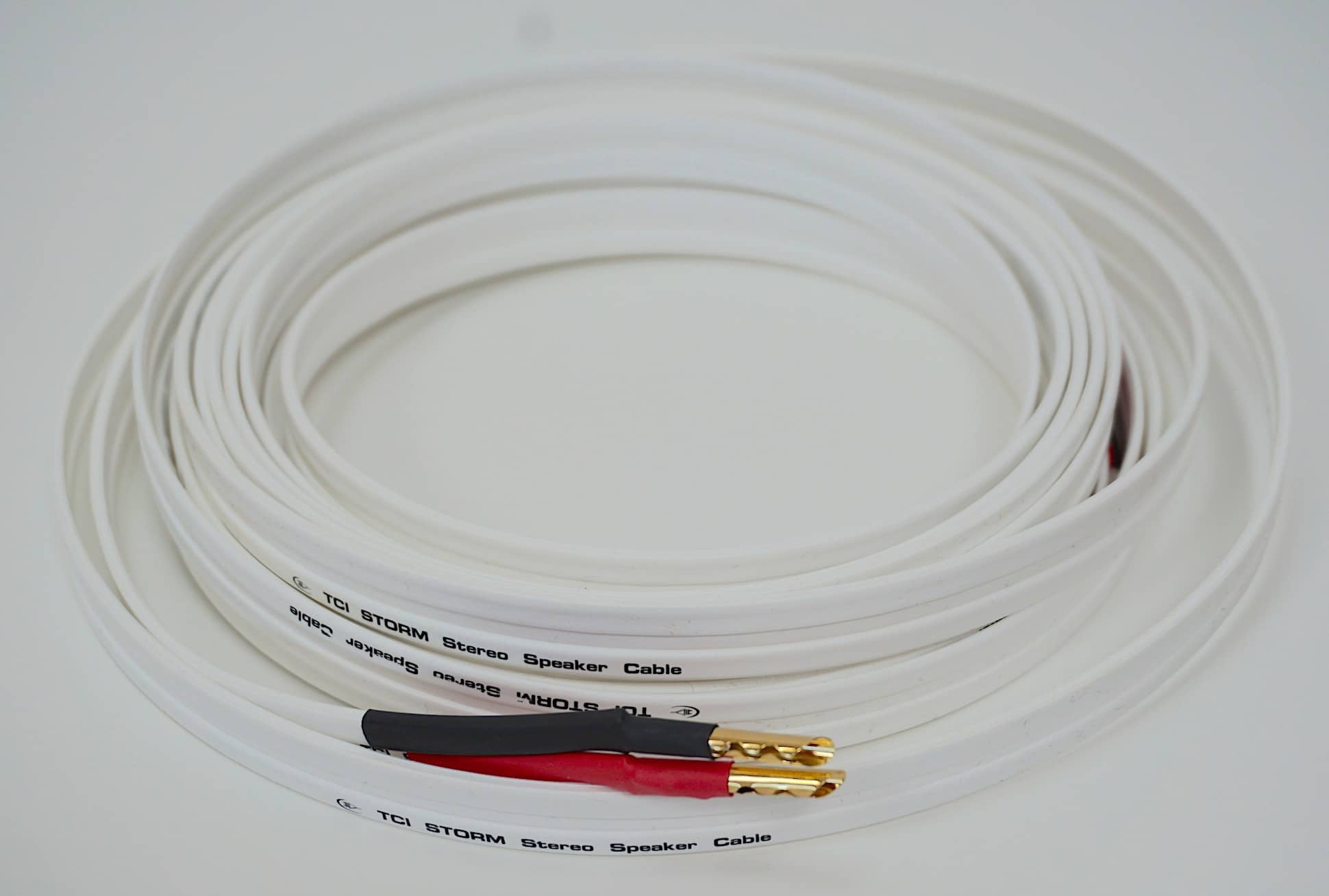
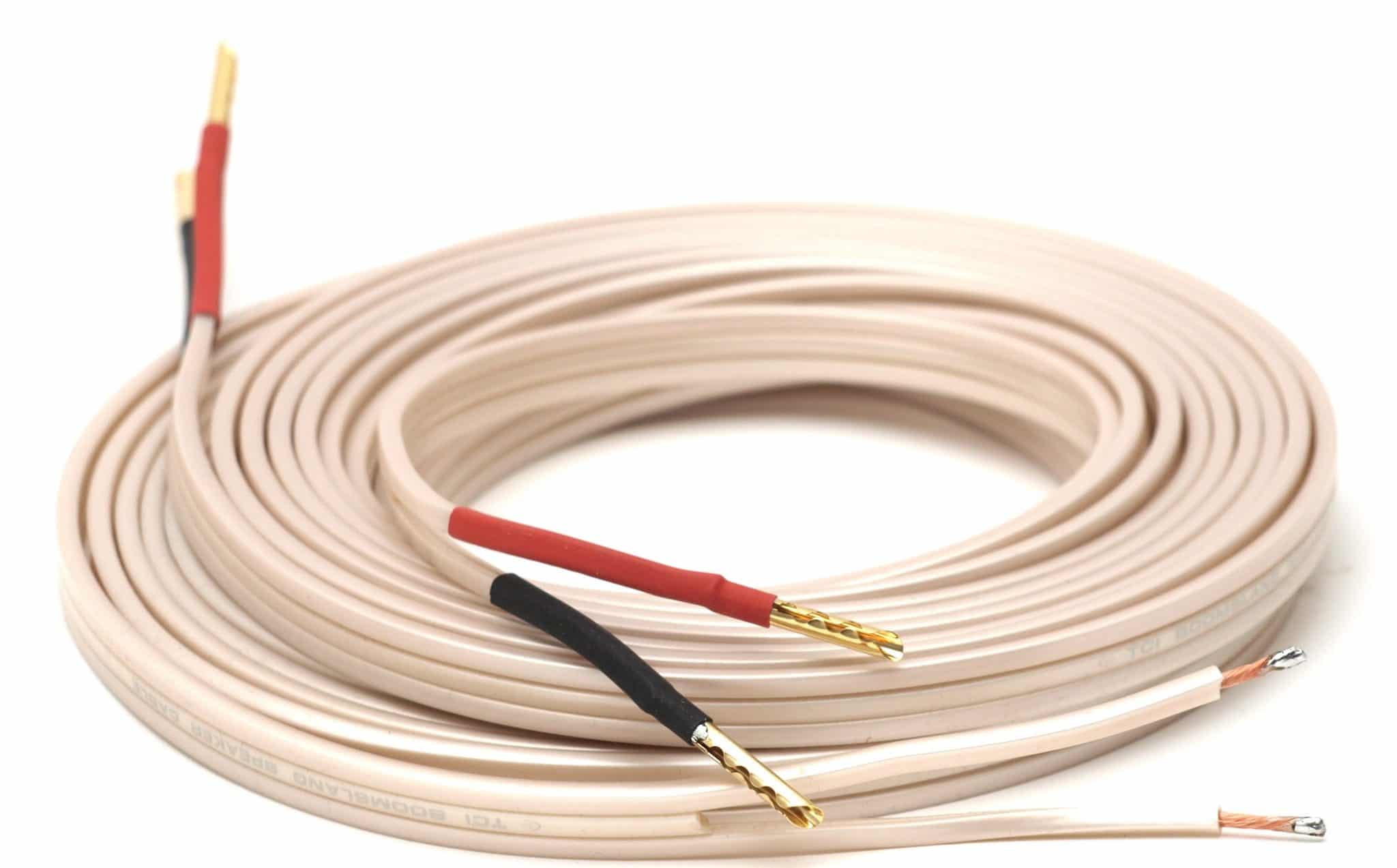
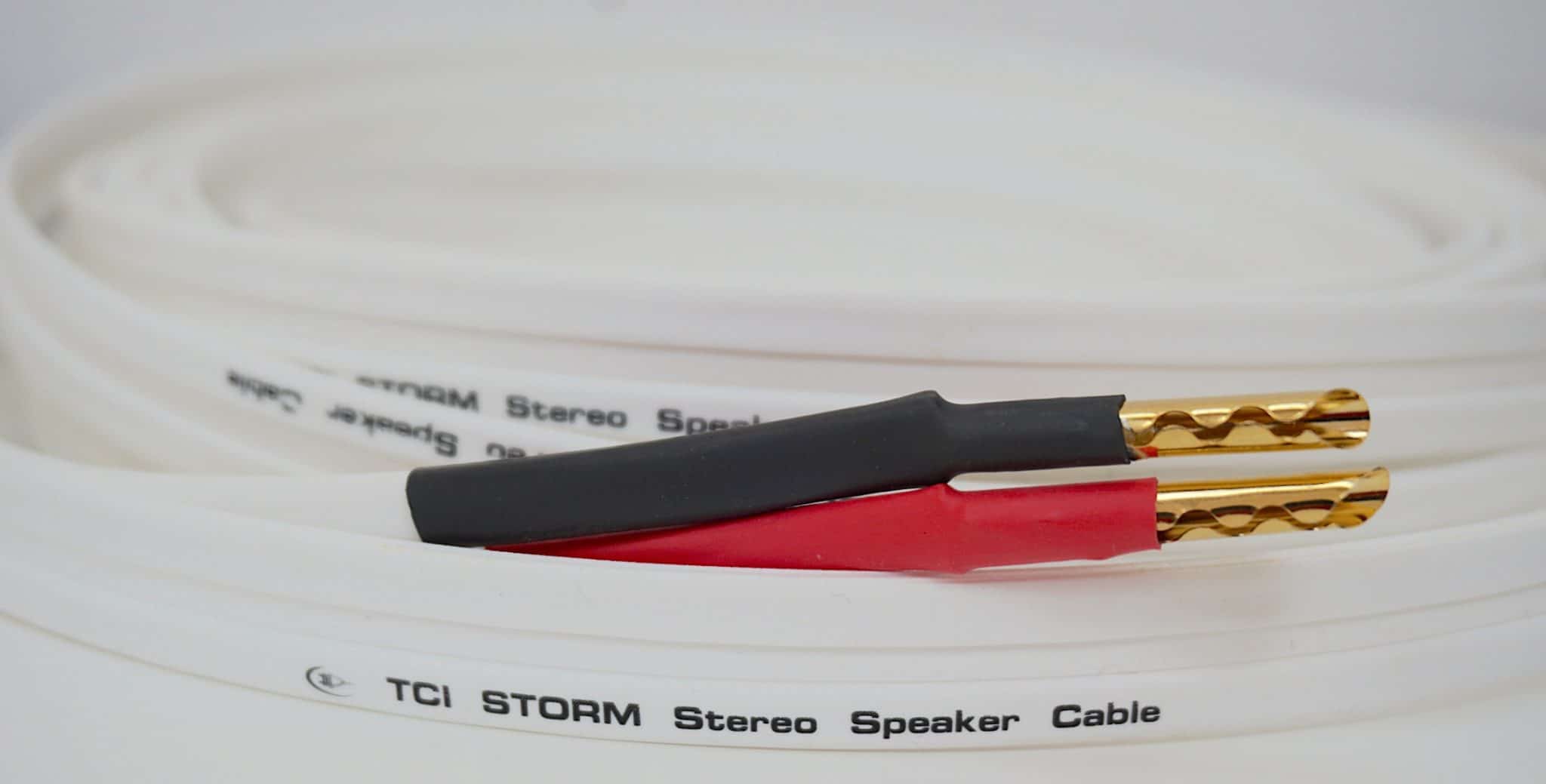
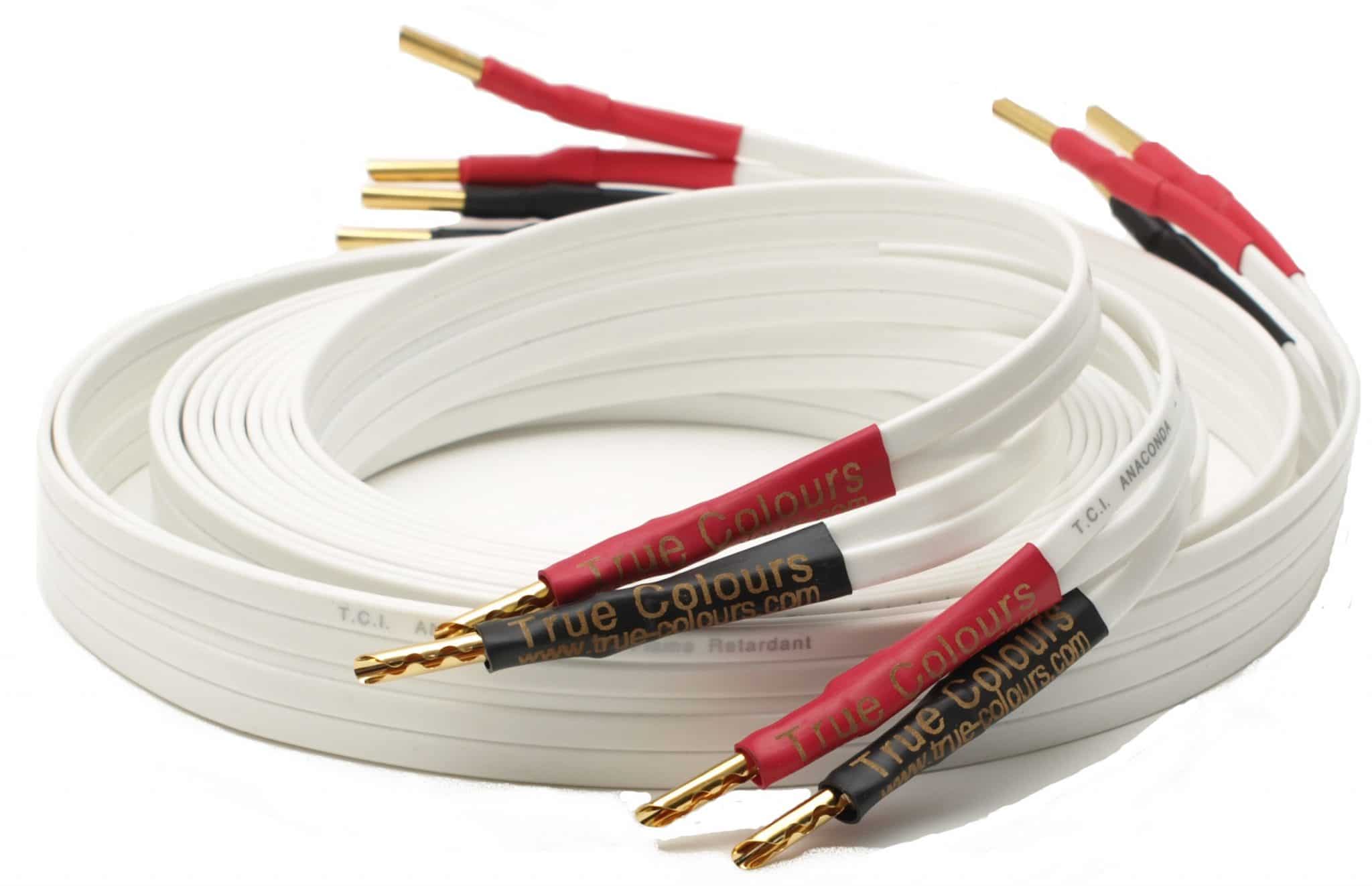
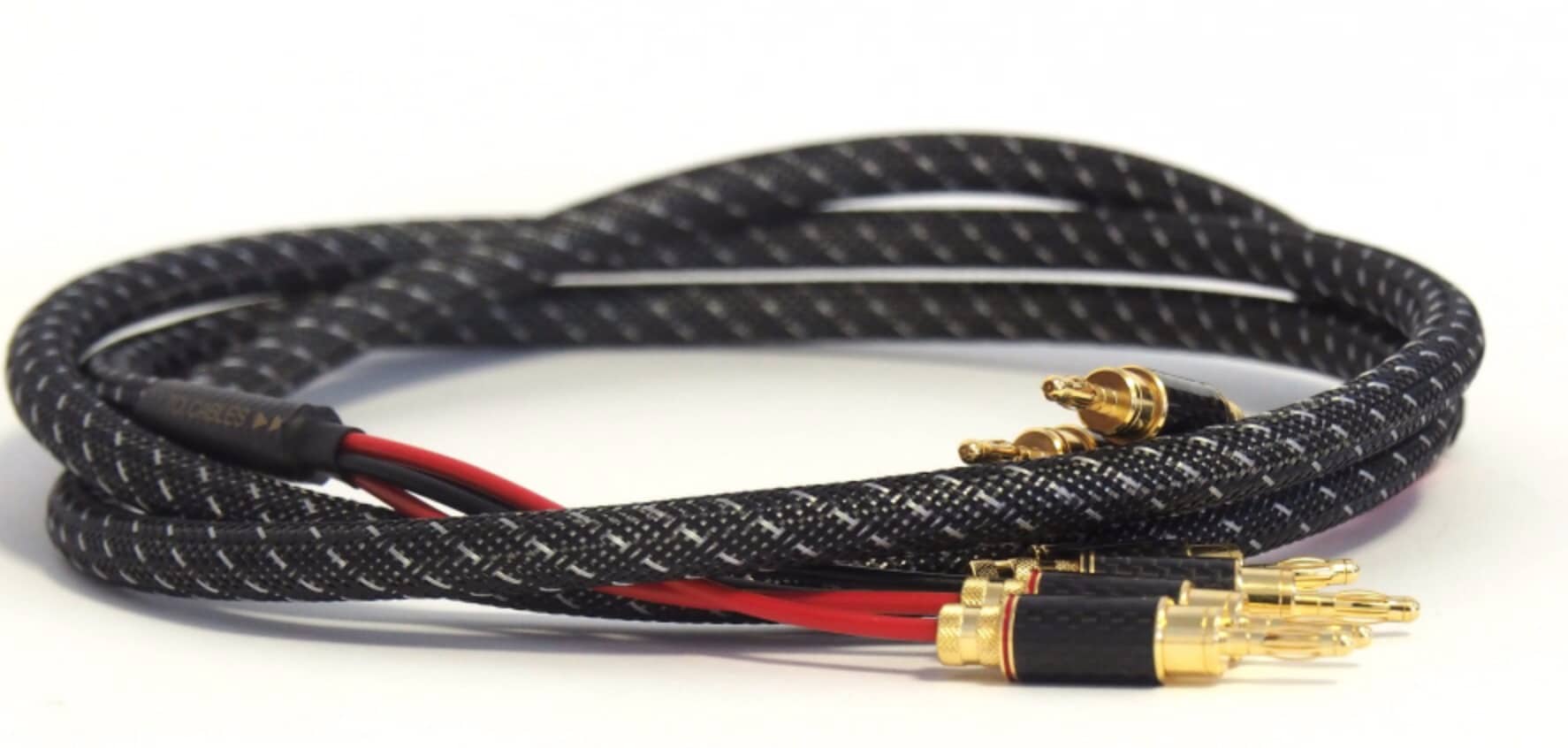




“BAD: warm mids” Why adding even harmonics is bad? For me it’s very good. I don’t like the natural sound of the instruments, after all it results from real-life constraints on their built. The best thing about electronic equipment is that it IMPORVES real sounds. I drink tea with sugar, and I love warm mids. 🙂 It’s a pity reviews are fixated on one dimension – how much different pieces of equipment are close to perfect neutrality. There is a wrong assumption behind it that there is the true sound in the recording and later it is conveyed more or less accurately. I see it differently. The recording is only the starting point and than different amps, cables, speakers provide different interpretation of it. It would be nice to elaborate a language to describe those interpretations.
Great – enjoy your own sonic bias and enjoy your music. I have no issues with that. I too have a sonic bias and my reviews reflect that. I prefer a strictly neutral, balanced sound.
My advice? (And I’ve made a video based on this very subject if you want the link) Choose your critic and choose wisely, spend time finding that critic: filter, in other words. Choose the critic that reflects your sonic bias and travel on your sonic journey with that critic. There’s no point butting heads with someone who sees music differently to you. Life’s too short.